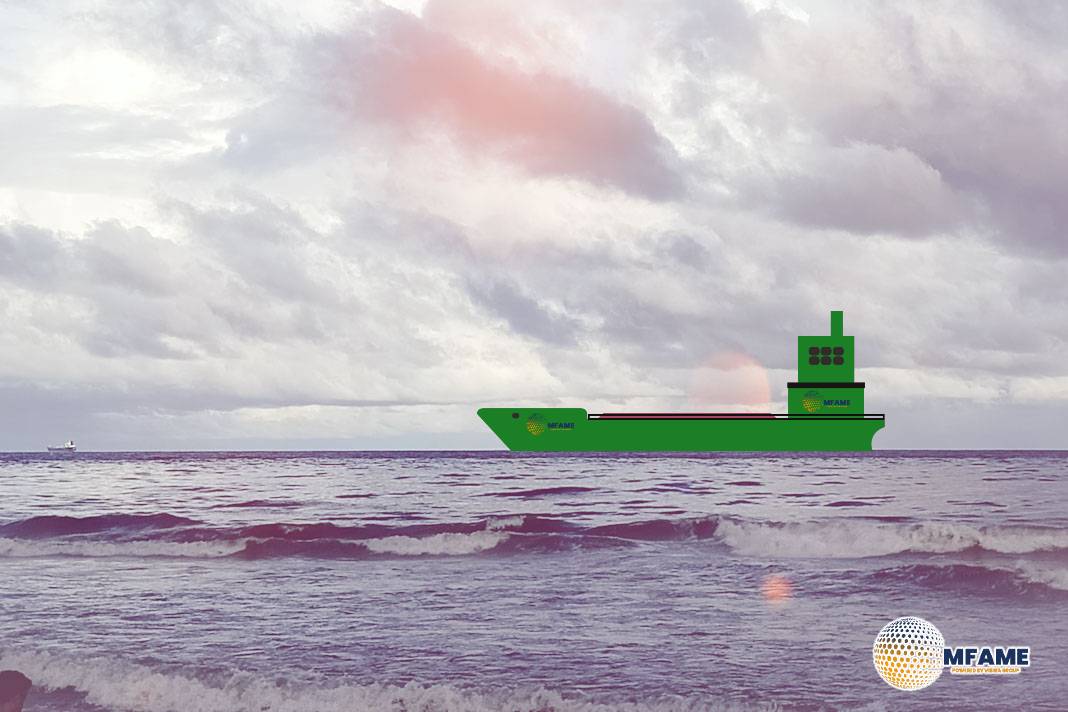- Washington Seeks Feedback on One-Year Pause to Maritime Penalties.
- Tariff Suspension Covers Chinese Cranes, Chassis, and Port Fees.
- China Agrees to Halt Retaliatory Measures in Return.
The United States is taking steps to implement President Donald Trump’s plan to temporarily lift penalties on China’s shipbuilding sector, a significant concession in the interim trade agreement with Chinese President Xi Jinping. The Office of the US Trade Representative (USTR), under the leadership of Jamieson Greer, has announced that it’s looking for public input on this one-year pause, reports gCaptain.
Scope of the Tariff Suspension
As part of this proposal, tariffs on imports of ship-to-shore cranes, chassis, and other port equipment made in China would be put on hold. Additionally, the US will stop charging fees on Chinese-built and operated merchant vessels that dock at American ports. In exchange, China has agreed to hold off on its retaliatory actions, as outlined in a White House fact sheet released after last week’s meeting between Trump and Xi.
Timeline and Public Consultation
The USTR will be accepting comments on the proposed pause from noon on Thursday until 5 p.m. on Friday, New York time. If everything goes as planned, the suspension will kick in on November 10. This pause essentially signifies a one-year commitment to refrain from imposing tariffs or penalties related to the ongoing US investigation into China’s maritime and shipbuilding practices.
Background of the Trade Investigation
This investigation, which began under Section 301 of the Trade Act of 1974 during the Biden administration, received backing from labour unions representing US steelworkers and shipbuilders. Section 301 inquiries can take several months but offer a solid legal foundation for imposing tariffs. Trump previously utilised the same authority during his first term to levy duties on Chinese imports.
Recent Tariff Actions and Chinese Retaliation
In April, the US rolled out a policy aimed at limiting China’s grip on the maritime industry, with port fees for vessels linked to China kicking in on October 14. The toughest penalties were reserved for ships built and operated by Chinese companies, with fees based on their net tonnage.
Starting November 9, Washington was set to impose 100% tariffs on imported ship-to-shore cranes, intermodal chassis, and other related components, along with duties as high as 150% on cargo handling equipment from China used at US ports. In retaliation, China slapped hefty fees on US-owned ships entering its ports and took action against the US branches of a South Korean shipping company involved in the American maritime scene.
Bipartisan Support for Domestic Shipbuilding
There’s a growing wave of bipartisan support in Congress and among the US maritime industry to enhance America’s shipbuilding capabilities. The Trump administration has framed the trade investigation and related initiatives, like partnerships with Japan and South Korea, as crucial moves to push back against China’s expanding influence in global shipbuilding.
Did you subscribe to our daily Newsletter?
It’s Free Click here to Subscribe!
Source: gCaptain
























